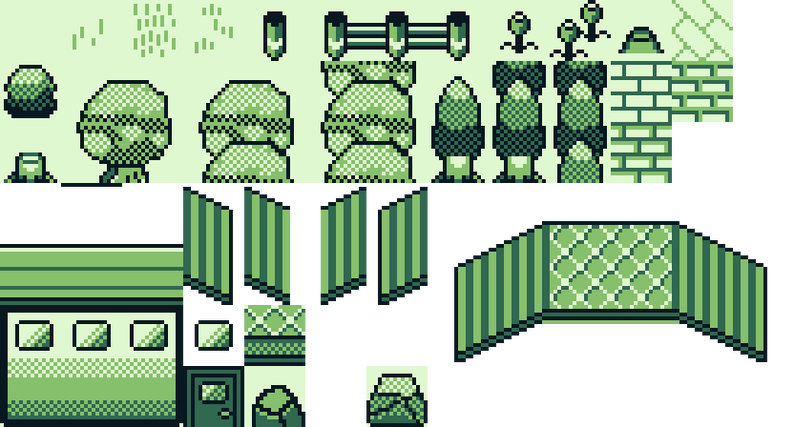

BUILD IO GBA CODE
You can also check the complete assembly for this code here.


Void mmu_write_addr8 ( mmu_t* mmu, uint16_t addr, uint8_t data) If (!(*mmu->finished_bios) & addr >= 0x00 & addr bios Now we need to write basic read/write functions: uint8_t mmu_read_addr8( mmu_t* mmu, uint16_t addr) Mmu_t* mmu = ( mmu_t*) malloc( sizeof( mmu_t)) Let’s initialize (and destroy) our MMU: mmu_t* mmu_create() the’re in a union because we can also directly access each fraction of the MMU.addr is the complete addressable memory, so it’s really easy to write and read from it.And it’s a pointer because it needs to be initialized pointed to position 0xFF50. When the gameboy starts, the MMU will map it in the first 256 bytes of the memory, so that’s why we need the finished_bios flag. bios will store the 256 bytes startup code.Jumping to the code, we can just define our memory management, basically following the areas: typedef struct _mmu_t This is an accurate map of the gameboy’s MMU from this page, which I recommend you to visit to gather more information about each area. So this memory has regions that access data from the ROM, the cartridge, video memory, sound, etc. As mentioned previously, gameboy uses the memory as a bridge between CPU and other components. However, it’s not all RAM memory or anything. So we have 16 bit addressable memory, going from 0x0000 to 0xFFFF, that means we have 65,536 positions. But they can be accessed in pairs, for instance A, F, B, C, H, and L registers can be accessed with the combination AF, BC, and HL. Memory Management Unitįirst thing we need to know is that since gameboy’s CPU is 8bit, its registers can only hold 8 bits of data at a time. Since everything relies on the memory mapping, that’s what we are going to do first. This also is the order that we are going to implement. We have many components we need to emulate, mostly important the Memory, CPU, Video Unit and Sound Unit. For instance, the console uses a memory mapping as a bridge to connect the “video card” to the cpu, but you can make a direct call from your cpu module to the video, if the outcome is the same, you’re doing it right. Remember the goal is to run a program that was made for that architecture and the results should be pretty much similar, but the way you do does not matter. You don’t have to implement things exactly the way they are, no need for wires or electric pulses. Well, first we need to understand that “emulation” is not “simulation”. You know that an emulator emulates, but emulates what? Every electronic component? What are the components? Do I need to understand the target platform from the physical level? That’s the question my programming friends ask me when I say I’m working on an emulator.

It’s very important to read the Wikipedia entry for the Gameboy and watch this amazing video before continuing this article. An 8-bit CPU (4MHz) based on the Intel 8080, 8kB RAM and 8kB VRAM. The first version of the gameboy was released in 1989 and was based on a hardware from almost 15 years before. The only 3rd-party library I’m using is SDL for the graphics, but we don’t need this right now.
BUILD IO GBA WINDOWS
It should run on Windows and Linux from the beginning, even though I mostly work on it on Windows with Visual Studio. I decided to use C because I wanted to get more familiar with it, since I hadn’t coded in C for a long time.
BUILD IO GBA HOW TO
I really recommend you reading other project’s codes, that can give you insights on how to do specific things. From Javascript to Kotlin, C++, and so on. There are a lot of open-source gameboy emulators on GitHub, written in all languages you can imagine. You’ll see more in this project as I write the posts.
BUILD IO GBA SOFTWARE
It’s not even close to be functional, it only runs the bios software so far and I’m currently working to make Tetris run on it. Repository mygbemu is already live on GitHub and you can check the code here. You can realize by now that I’m selling the idea of creating an emulator, so grab a coffee and let’s do this together. Learning computer organization in practice, get more familiar with assembly language (not a specific dialect, but whole low-level concept), understand how primitive graphics systems worked, improve my debug techniques, and end up with working project. I got motivated because I saw all the potential subjects I would be exposed while doing this.


 0 kommentar(er)
0 kommentar(er)
